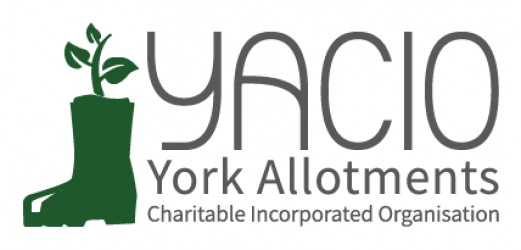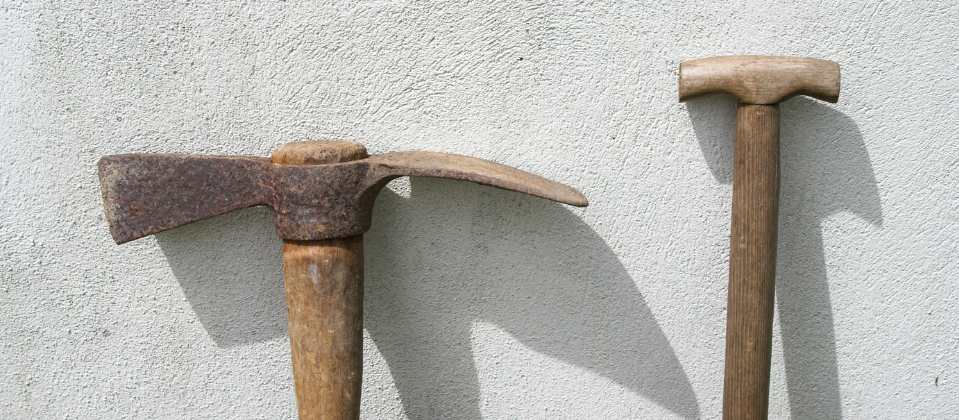Do you love a gadget or a new bit of kit? Or are you using your parents’ old tools, or some you picked up second hand? There is a range of choices and decisions to be made between those options, but if you’re committed to low carbon, sustainable gardening on your plot then you need to think carefully about how and what you choose to use.
Of course, there are gardeners whose injuries or disabilities or age mean they need to use power tools for ease, efficiency and comfort. And if you have a long hedge and not much time you may need to use an electric hedge trimmer, once a year. But there are many occasions when plot holders are using expensive powered tools unnecessarily. Expensive not only because they cost a lot of money, but because they cost a lot of carbon. Your battery charged strimmer may claim to be ‘no emissions’ – but that is wholly disingenuous. The embodied carbon that is involved in mining the materials, transporting them to a factory, using high temperature high energy processes in their manufacture, then shipping them to where you probably drive to shop, is highly significant. And what of the labour conditions for the people involved in acquiring those raw materials or working in those factories?
A more sustainable option is for allotment sites to run tool libraries where you can borrow a power tool occasionally without having to own it. Or to borrow and share among your plot neighbours. The same is true of ladders that tend only to be used at harvest and pruning times of year. If you think you need a strimmer or a mower for the grass on your plot, then maybe you’ve got too much grass anyway and could convert some of that area for cultivation. And really, who needs a blower for leaves when you can meditatively rake and gather them to make your precious leaf mould?
Maybe you’re paying for an expensive gym membership as well! How about being active on your plot, using hand tools that work out your arm and leg and core muscles? Cutting a hedge, or even small areas of grass, with a pair of shears is not such hard work and encourages careful management of the hedge for wildlife rather than reckless speedy demolition; learning to scythe or using a Chillington ‘slasher’ to keep down the nettles once the butterflies have pupated is easy and pleasing when you find the rhythm of the action.
This is a good time of year to spend some time looking after your precious tools: cleaning and sharpening blades and cutting edges prolongs their life and enhances their effectiveness. Putting tools away dirty is never a good idea anyway! Clean wooden handles and lightly oil them so they don’t crack or split. If a handle breaks, you can usually replace it without having to replace the whole tool. Ash wood is lovely to use and grows smoother as it ages (although if you struggle with sore shoulders you might want to choose lighter aluminium handled tools.) Learning to use a sharpening stone is very satisfying and improves the ease of tool use considerably. Good quality secateurs will have the option to replace worn or damaged blades without chucking the whole thing out and buying new.
So what is your favourite tool to use? The mattock pictured above has so many varied uses, as a hoe, for trenching and earthing up potatoes, for cutting through wild edges when seeds have set, for loosening the surface of soil before planting.


